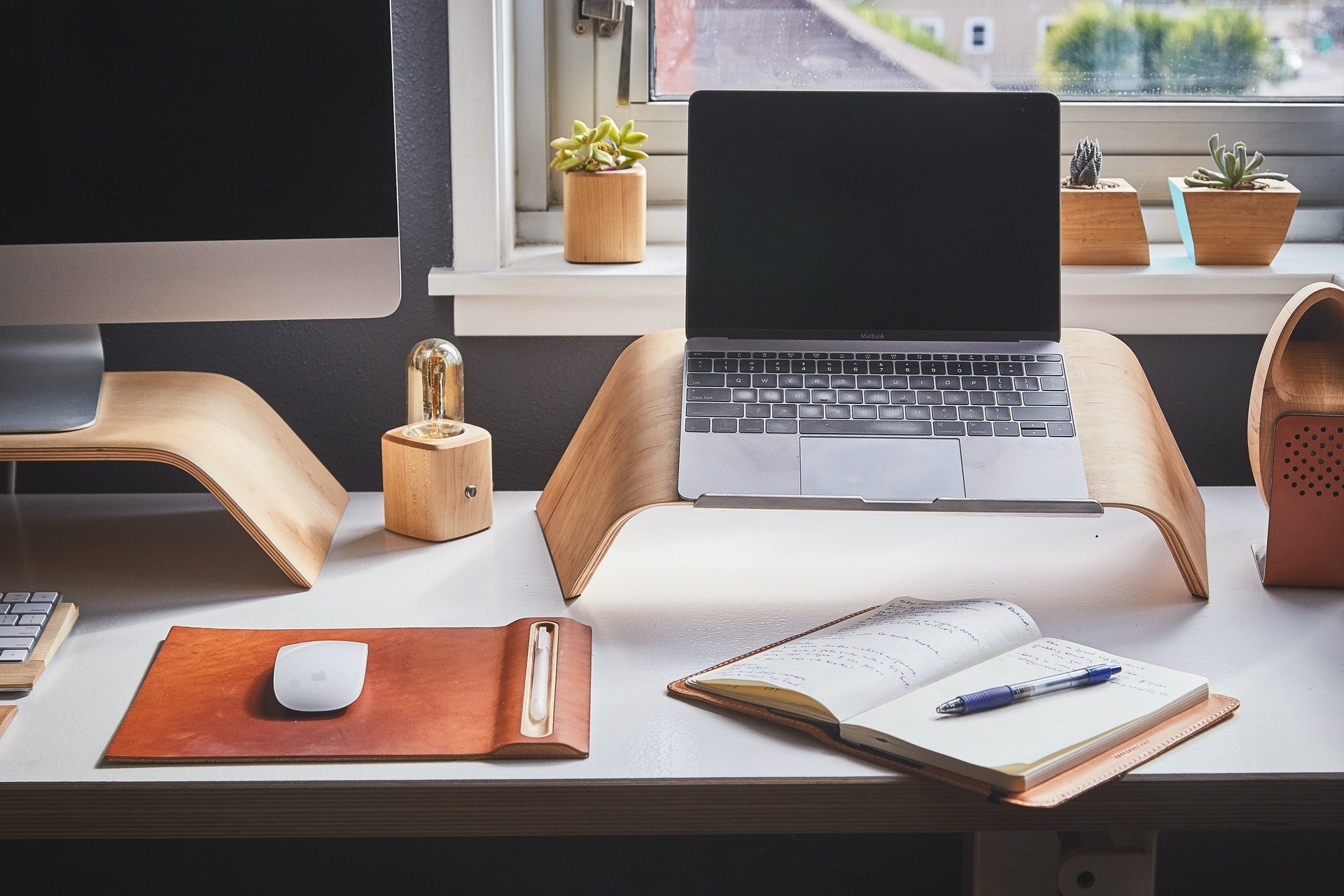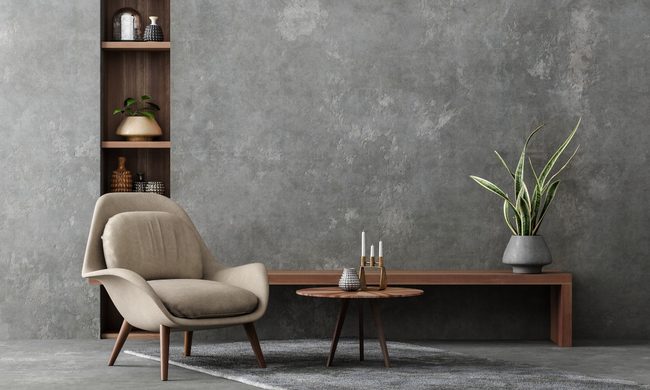Stiff necks and aching backs are just some of the issues that can evolve if you are working in a poorly put-together workstation. With so many people working from home, there is an opportunity to gather all the essential elements of a home office. This way, you can make your work space personal and ensure the best conditions. Not only will you be more productive, but you will also feel better once work is completed. Here, we explore the keys to putting together an ergonomically sound home office.
The perfect chair
It makes sense that since you are sitting in it for most of the day, the chair is arguably the most important element in your office. When selecting, it is important to find one that supports your spinal curves. What you want to avoid are any gaps between the back of the chair and your spine. It should closely follow the lines of your spine. A term to look for when purchasing a chair is one with lumbar support — this means the chair is designed to promote proper alignment.
If a new chair is not in your budget, a lumbar support pillow or even a seat cushion can turn almost any seat into one you can comfortably sit in for long periods. This will also naturally encourage you to sit back against the seat and prevent one of the biggest no-no’s — leaning forward while you work.
Once you have a chair with support, you will want to customize it to fit your individual specifications. Adjust the height so that your thighs are parallel to the floor and your feet are flat. If armrests are adjustable, make sure your arms can comfortably rest on them with shoulders relaxed.
Desk and display height

Once you are sitting in the correct chair, it is important to ensure the desk itself is the optimal height for you to sit comfortably. If the desk you have is too low, add boards or blocks under the legs. If it is too high, raise the chair and use a footrest for your feet below. The last thing you want is a cramped space, so try not to use the area under your desk as a storage catchall. Make sure there is plenty of clearance for your legs, knees, and feet.
The monitor should be at arm’s length directly in front of you. The top of the screen should be slightly below eye level, just behind the keyboard. Keep in mind that a display can easily be raised in height by putting it on a monitor stand or even placing some books under it. What you want to avoid is the need to be turning or straining your neck in order to see it.
Keyboard and mouse
The keyboard and mouse should be placed in a location you can easily reach. It is optimal to have both in a place that allows you to keep upper arms close to your body, your hands slightly below elbows, and wrists straight. As you work, try to use keyboard shortcuts to reduce extended mouse use. If possible, adjust the sensitivity of the mouse so you can use a light touch to operate it. It is also a good idea to alternate the hand you use by occasionally moving the mouse to the other side of your keyboard.
Lighting

Natural light is shown to improve a sense of well-being and boost productivity. The more sunlight and views of the outside, the better. It will decrease eye strain, and glancing outside periodically gives your eyes a break from staring at the monitor. If your office space doesn’t have windows, be sure to have both overhead and task lighting.
Stress reducers
Your physical environment plays a role in your mental well-being. Try to keep the space clutter-free. Keeping shelves and desk space clean and organized is shown to reduce stress hormones. Adding personal touches to an office will make the space feel like your own. Plants bring nature inside and clean the air. Studies show having botanicals in our environment reduces stress. Noise-cancelling headphones allow you to tune out distractions and focus on the task at hand. Essential-oil diffusers are an inexpensive way to add scent to your space and help promote a relaxing atmosphere.
Finally, throughout the day make sure to stand up every so often, walk around, or stretch. Taking small breaks and moving your body will help you stay more refreshed and ready to work.


